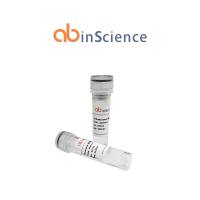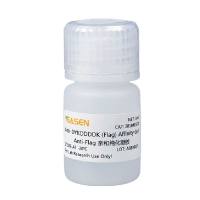Encapsulation of Enzymes Using Polymers and Sol-Gel Techniques
互联网
互联网
相关产品推荐

gel4/gel4蛋白Recombinant Neosartorya fumigata 1,3-beta-glucanosyltransferase gel4 (gel4)重组蛋白Glucan elongating glucanosyltransferase 4蛋白
¥2328

Recombinant Solenopsis invicta Sol i 4 Protein, N-His
¥1868

Recombinant-Pectobacterium-carotovorum-subsp-carotovorum-Type-II-secretion-system-protein-LoutLType II secretion system protein L; T2SS protein L Alternative name(s): General secretion pathway protein L Pectic enzymes secretion protein OutL
¥12558

GEL/GEL蛋白Recombinant Suregada multiflora Ribosome-inactivating protein gelonin (GEL)重组蛋白rRNA N-glycosidase;allergen Gel m RIP蛋白
¥2616

Anti-Flag亲和纯化凝胶(Anti-DYKDDDDK (Flag) Affinity Gel)
¥506
相关问答

